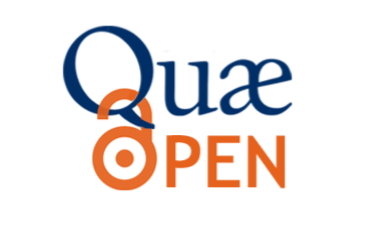The forestry & wood sector and climate change mitigation
From carbon sequestration in forests to the development of the bioeconomy
Publications dans la même collection
0,00 € (gratuit)
0,00 € (gratuit)
0,00 € (gratuit)
0,00 € (gratuit)
À partir de 0,00 € (gratuit)
Dans la même thématique
Fabrice Pernet, Frédéric Gazeau
0,00 € (gratuit)
0,00 € (gratuit)
Caractéristiques
Langue(s) : Anglais
Éditeur : Éditions Quae
Édition : 1re édition
Collection : Matière à débattre et décider
Publication : 6 octobre 2023
EAN13 eBook [ePub] : 9782759232802
EAN13 eBook [PDF] : 9782759238347
DOI eBook [PDF] : 10.35690/978-2-7592-3834-7
Nombre de pages eBook [ePub] : 154
Nombre de pages eBook [PDF] : 154
Intérieur : Couleur
Référence eBook [ePub] : 02772EPB
Référence eBook [PDF] : 02772NUM
Taille(s) : 3,72 Mo (ePub), 4,66 Mo (PDF)




















